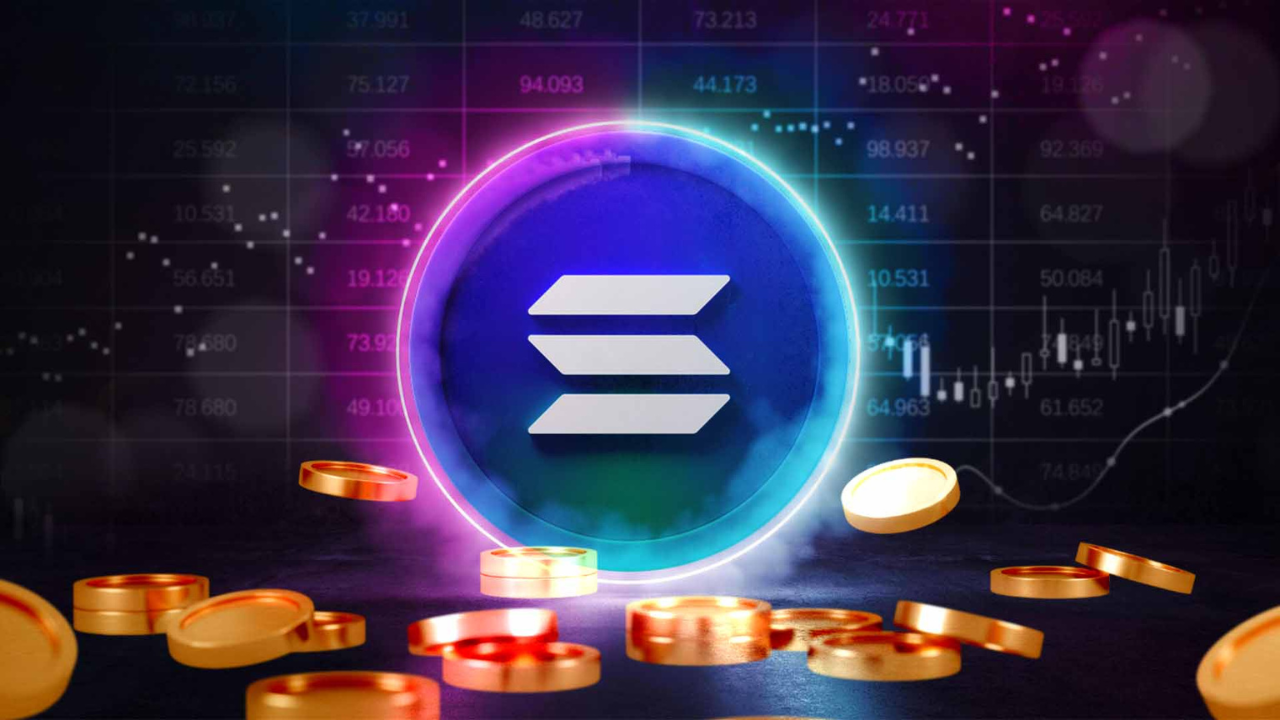The cryptocurrency market is defined by high and often unstable price rates, and Solana (SOL) is no exception. Solana has become one of the most popular cryptos with long-term investors and active traders as it is one of the promoted digital assets by the level of market capitalization. There are several factors that promote or determine the price of Solana, and one of those factors is trading volume. It not only indicates the interest and activity in the market but also has a considerable influence on the daily changes in the solana price. Knowledge of this relationship can assist traders and investors to make better decisions and better time their entries and exits.
What is Trading Volume?
Trading volume is the amount of Solana tokens that have been purchased and sold during a particular time, which is usually 24 hours. This indicator gives an idea of the power and the speed of a price action. High trading volume usually means that the market is highly engaged, and low volume implies low activity or reluctance of investors. In the case of cryptocurrencies that trade on a global basis across a variety of exchanges, such as Solana, aggregated trading volume is an important measure of market sentiment and liquidity.
How High Volume Verifies Price Trends
Trading volume is a tool of technical analysis to verify the power of a price trend. When Solana breaks either above a resistance level or below a support zone, traders will consider the volume that comes along with it to determine whether the breakout is likely to be maintained. A breakout on large volume indicates that the market actually accepts the new price level, and the probability of a further move in the same direction is higher. As an example, when Solana goes up by a large margin of volume to $185 starting at $170, it means that there is a wide participation in the market and that people are willing to buy it. This kind of price action is more dependable than a comparable action on low volume, which may not be convincing and is likely to be reversed soon.
Volume Spikes and Intraday Price Spikes
Volatility within a trading day, the volatility of intraday price movements, is commonly caused by abrupt changes in trading volume. A large volume surge can be caused by news announcements, whale transactions, and macroeconomic events. Such occurrences tend to cause sharp price changes within a small period of time. In the case of Solana, where the community and developer ecosystem are always changing, news of network upgrades, partnerships, or exploits can result in sudden spikes in volume and significant price movement. Day traders pay close attention to volume spikes in order to find these short-term opportunities. An abrupt rise in volume can be a sign of a possible breakout or breakdown.
Price Consolidation and Droughts in Volume
The low trading volume is typically associated with the consolidation periods of the Solana price. At these stages, the price will remain within a small range as buyers and sellers await more pronounced indications before making any commitments. Such low-volume times may be frustrating to traders who want to get momentum, but it is also a time when longer-term investors can build positions without being caught up in price explosions. Market structure-wise, volume droughts may be followed by significant price changes. When the volume starts coming back after a quiet spell, it is usually the start of a new trend. By identifying these trends, traders can position themselves in advance and take up the risk.
The Exchange Activity and Liquidity Role
The price dynamics of Solana are also affected by the distribution of the trading volume on such exchanges as Bitget, Binance, and Coinbase. Trades with more order depth and liquidity offer more stable prices, even in high-volume times. Conversely, when a large percentage of volume is focused on a small number of platforms, there is a risk of dramatic price fluctuations due to an inflow or outflow. Volume and liquidity depth are synonymous. A deep market with high volume can stabilize price fluctuations, but a thin market with high volume can exaggerate the movements.
Conclusion
Trading volume is not merely a statistic; it is the lifeblood of market activity and a direct cause of price behavior. In the case of Solana, the daily price fluctuations depend mostly on the number of people trading, the size of their orders, and where they are trading. As a day trader who seeks to take advantage of the volatility or a long-term holder who observes the major breakout levels, you need to understand the importance of volume. Traders can use the information about the changes in volume and interpret it with the help of price action in order to navigate the Solana market better. Such platforms as Bitget provide the instruments and information to conduct such evaluations in real-time.


